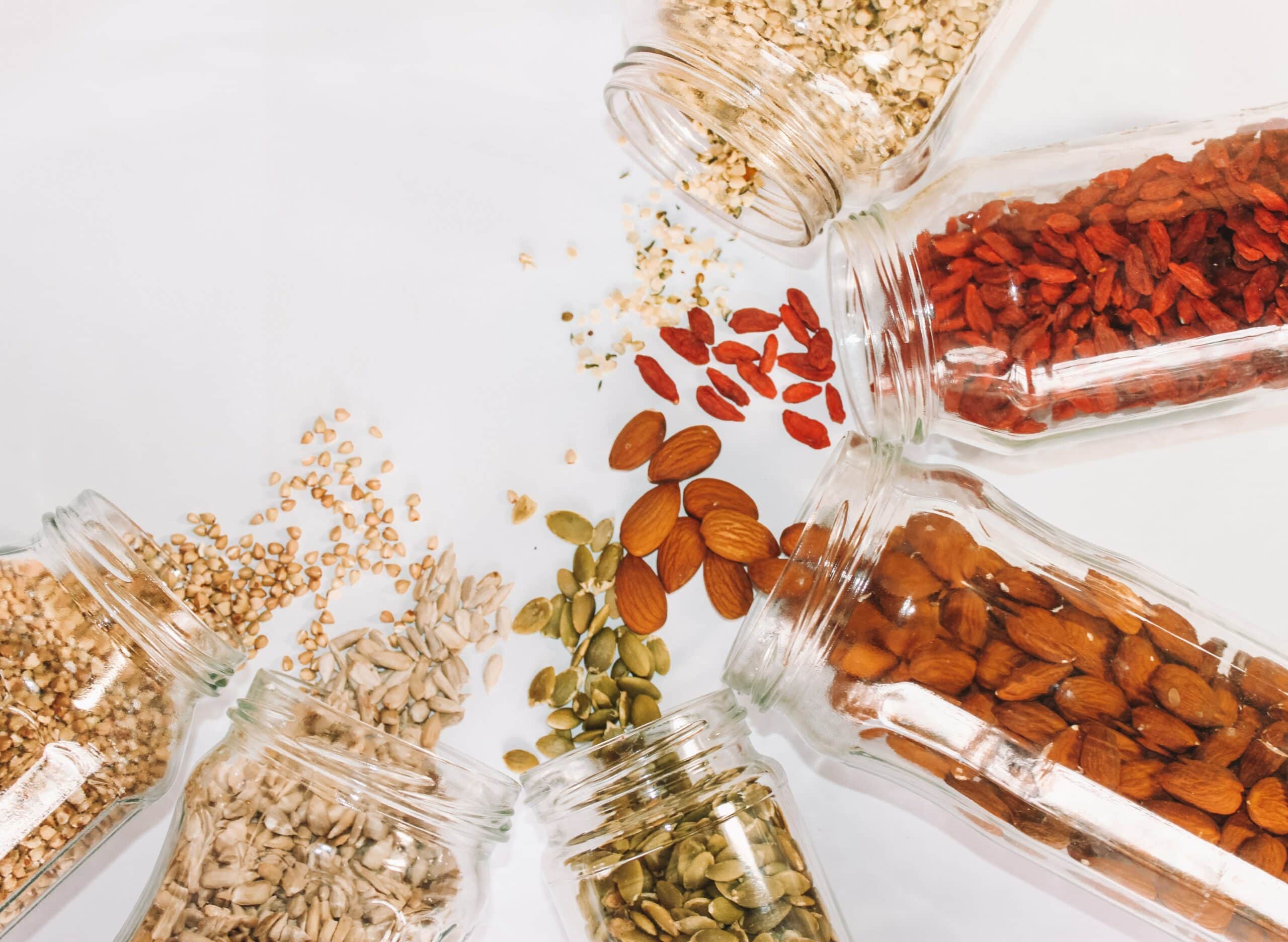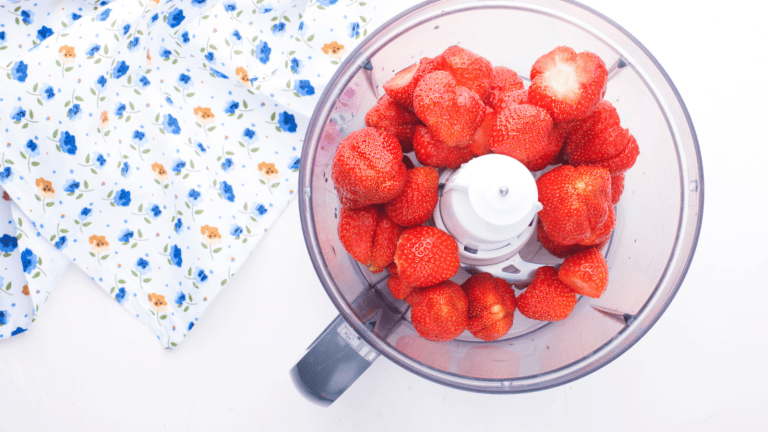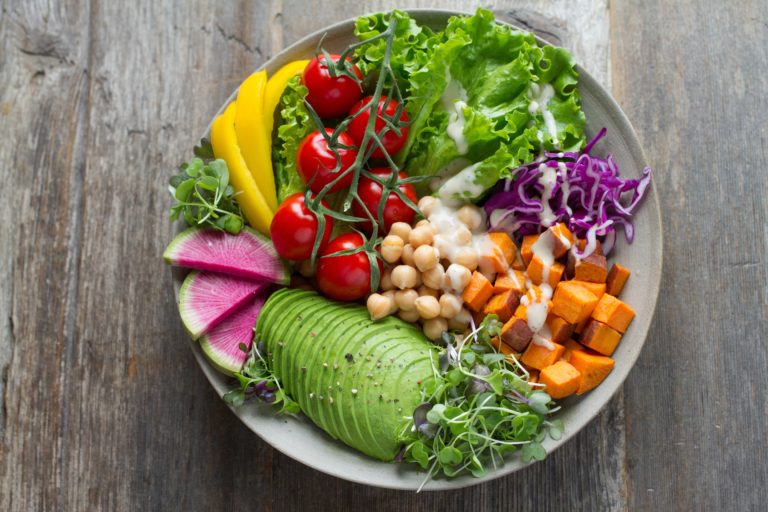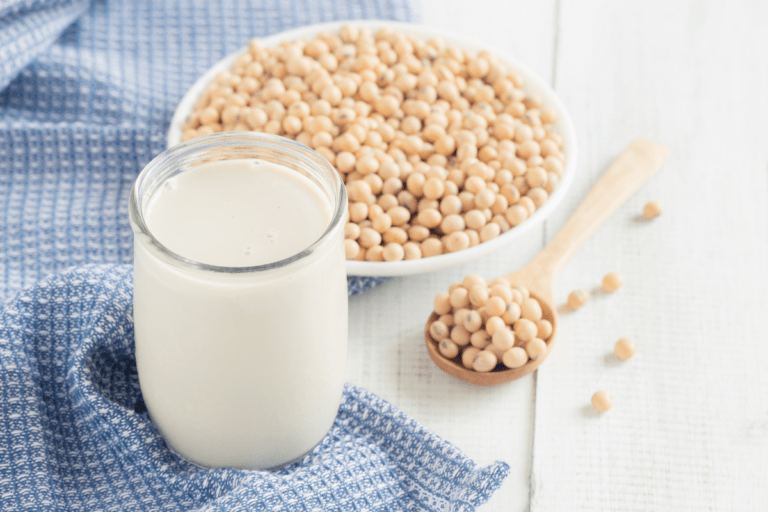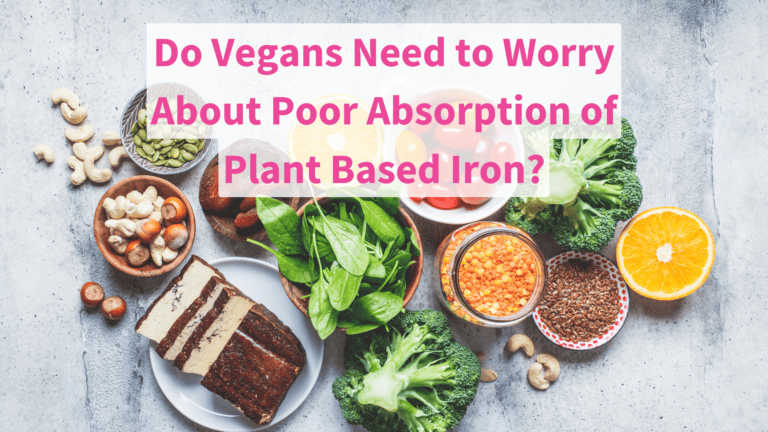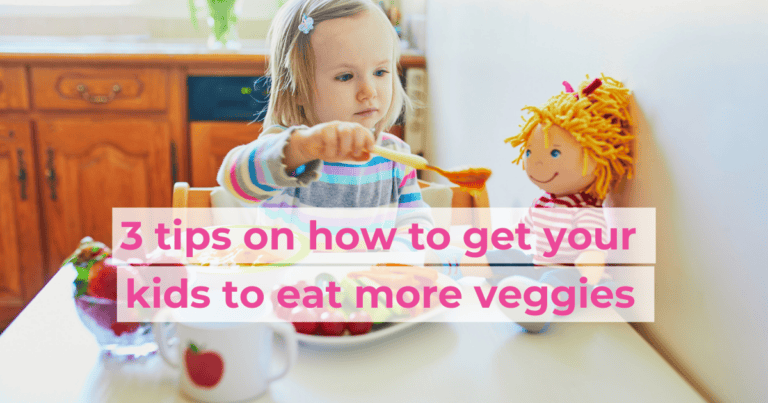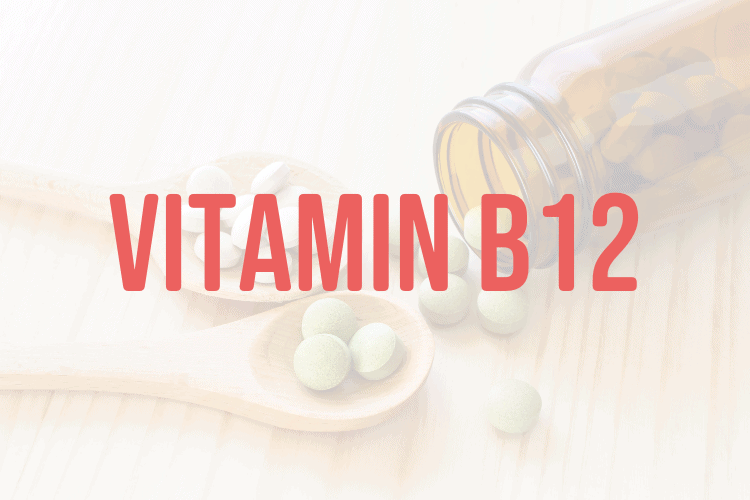My Tips for Vegan Gluten Free, Nut Free Recipes
If you’re gluten free and vegan, it’s really hard to come up with healthy recipes. But with most schools nut free these days, you’re even more limited for options.
I am not gluten free, but I have a lot of people in my Lunchbox Club who are. So I’ve had to become an expert at gluten free pretty fast!
Now there are two big obstacles with being gluten free. First up, you need to make recipes taste good (especially if you’re feeding kids). Gluten free ingredients have a very different feel to other grains (mainly because they’re missing the gluten, funnily enough!), so can be really tricky to make taste “right”.
The second issue is nutrition. Wholegrains are one of our main sources of essential vitamins and minerals like iron, zinc and the B vitamins, especially on a vegan diet. (Yeah, yeah, I know you’re going to say “but spinach!” A wholemeal tortilla has more than double the iron of spinach, and I know which one I’m going to have more chance of getting my kids to eat!).
How to Make Vegan Recipes Gluten Free
So let’s talk about how to make vegan recipes gluten free first.
Luckily, there are quite a few different gluten free versions of food available these days. You can get gluten free pasta, gluten free puff pastry, gluten free biscuits…. But you do need to watch out for eggs. They are a really common binding ingredient used in gluten free products to replace the properties of gluten.
Nut meal is another really common gluten free ingredient. Great news, it’s vegan. Not so great news, it’s not nut free (obviously) so can’t be used for nut free lunches.
Gluten Free Pasta Options
If you need to replace pasta in a recipe, then there are rice, corn and even bean pastas available. Just make sure you check the ingredients for egg, and I really recommend you try different brands because some taste quite good, and others are terrible.
Other gluten free options you can use are rice (white or brown), polenta or quinoa.
Gluten Free Baking
Ok now things get tricky. There are soooo many different flour options out there, and they all act slightly differently in baking.
I’m not going to go through each flour option. There is plenty of information online for that, plus I honestly don’t have time to test all of the flours. I’m just going to tell you what I’ve found that works.
I use a gluten free flour blend, but I make sure it has xanthum gum in it. It’s sometimes listed as additive 415 on the ingredients. Xanthum gum is a thickener, and it helps gluten free flours act like gluten flours. (If you’re in Australia, I find the Woolworths Free From flour mix works the best). Now, I’ve found that if I just use the flour mix, my recipes turn out quite stodgy (not to mention they’re completely devoid of nutrition, more about that down below). So I actually bake with half GF flour mix, and half buckwheat flour (a friend who used to run a vegan cafe got me onto buckwheat flour for GF baking). The buckwheat flour makes the finished product nice and light and fluffy, and it adds back in the missing nutrients.
Gluten Free Nutrition
So now that you have my tips on what ingredients to use for vegan gluten free baking, let’s talk about nutrition.
When you go vegan and gluten free, you leave many of the wholegrains out of your diet and replace them with rice and corn. Unfortunately, this also removes many of the easy sources of nutrients like protein, iron, zinc, magnesium, calcium, the B vitamins and all important fibre.
The table below gives you a comparison of the nutrients in 1 cup of wholemeal flour to 1 cup of gluten free flour.
| Wholemeal Flour | Gluten Free Flour Mix | |
| Protein | 17g | 1.9g |
| Iron | 4.2mg | 1.6mg |
| Zinc | 1.8mg | 1.3mg |
| Calcium | 48mg | 28mg |
| Magnesium | 142mg | 48mg |
| Thiamine | 0.6mg | 0.3mg |
| Niacin | 10.8mg | 1.6mg |
| Folate | 68ug | 15ug |
| Fibre | 16g | 3g |
That’s a pretty big difference for some of those nutrients like protein, iron, magnesium, folate and fibre!
But, luckily there are some other gluten free options that you can use in your cooking to add the nutrients back in.
Buckwheat Flour
Buckwheat flour has more protein, iron, zinc and folate, and similar levels of thiamin and niacin. So it is a really great nutrient dense gluten free option. Unfortunately, it doesn’t bake well on its own, but I find it works well if you use it half and half with a gluten free flour blend.
Chickpea Flour (or Besan)
Chickpea flour has more protein, zinc and fibre, and similar levels of iron, magnesium, thiamin to wholemeal flour. It also happens to have very high in calcium. Like buckwheat flour, chickpea flour doesn’t work that well on its own, so you need to use it with other flours. It also has quite a bitter taste, especially before it’s cooked (never taste the mix! It’s horrible!).
Almond Meal
As I’ve said before, almond meal is a common ingredient used in gluten free baking. It is full of protein and zinc, and super high in calcium, but it can be tricky to bake with. The meal is very heavy, and won’t work on it’s own for most baking recipes. You can make some good cookies from it though! There is also a huge issue with almond meal, in that it’s made with nuts, so you can’t use it for antyhing that needs to be nut free.
Pumpkin Seed Meal
That brings me to my new favourite ingredient. Pumpkin seeds are super high in iron, magnesium and niacin, and also have high levels of thaimin, calcium and fibre. Even better, they’re seeds, not nuts, so you can use them in nut free recipes! The only draw back with pumpkin seeds (there’s always something….) is that they’re quite bitter. So you will need to increase the sweetener. You also can’t use them on their own, but they’re a great replacement for almond meal in baking, and add texture to tone down the stodginess of gluten free flour mixes.
So there you go, there are my top recommendations for vegan gluten free cooking. There are, of course, many other gluten free flour options, but the ones I’ve listed tend to be the easiest (and cheapest) to find. They also work very well to replace the nutrients that common gluten free ingredients like rice and corn flours are missing.
If you really don’t want to have to figure out healthy, vegan, nut free, gluten free options, then come join the Lunchbox Club where I do it all for you! If you want fun and exciting (and gluten free!) lunchbox recipes every week for your kids, then check out the free sample here.

